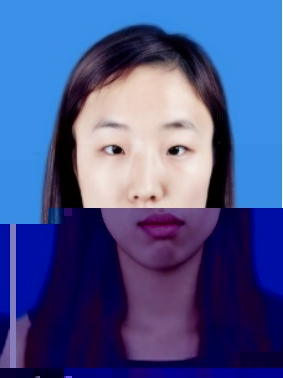
姓名:劉亞亞
職稱:講師
學曆:博士研究生
研究方向:數據挖掘、智慧醫療、人工智能等。
個人簡介:
劉亞亞,女,1990.01,出生于河北省石家莊市,博士研究生學曆,講師,2022年07月畢業于上海大學計算機應用技術專業,目前承擔《計算機應用技術基礎》等課程的教學工作,主要從事數據挖掘、智慧醫療、人工智能等方向的科學研究,在國内外著名學術期刊或會議公開發表多篇學術論文,其中以第一作者或通訊作者公開發表4篇,包括3篇SCI檢索論文、1篇EI檢索論文,參與1項國家重點研發計劃項目,1項省級科研項目。
研究成果簡述如下:
[1] Xu Lingyu, Liu Yaya, Yu Jie, Li Xinjuan, Yu Xuan, Cheng Huiyi, Li Jun. Characterizing autism spectrum disorder by deep learning spontaneous brain activity from functional near-infrared spectroscopy [J]. Journal of neuroscience methods, 2020, 331:108538. (SCI)
[2] Liu Yaya, Xu Lingyu, Li Jun, Yu Jie, Yu Xuan. Attentional Connectivity-based Prediction of Autism Using Heterogeneous rs-fMRI Data from CC200 Atlas [J]. Experimental Neurobiology, 2020, 29(1): 27-37. (SCI)
[3] Liu Yaya, Xu Lingyu, Yu Jie, Li Jun, Yu Xuan. Identification of autism spectrum disorder using multi-regional resting-state data through an attention learning approach [J]. Biomedical Signal Processing and Control, 2021, 69(2):102833. (SCI)
[4] Liu Yaya, Jiang Jiulei, Xu Lingyu, Zhao Lishuang. Formalization of Business Process with Flexibility Based on Service Interaction [C]. IEEE International Conference on Dependable, Autonomic and Secure Computing; IEEE International Conference on Big Data Intelligence and Computing; IEEE International Conference on Pervasive Intelligence and Computing; IEEE Cyber Science and Technology Congress. 2017. (EI)
[5] Yu Xuan, Shi Suixiang, Xu Lingyu, Yu Jie, Liu Yaya, Wang Lei. A directed limited penetrable visibility graph (DLPVG)-based method of analysing sea surface temperature [J]. Remote Sensing Letters, 2019, 10(7): 609-618. (SCI)
[6] Yu Xuan, Shi Suixiang, Xu Lingyu, Yu Jie, Liu Yaya. Analyzing dynamic association of multivariate time series based on method of directed limited penetrable visibility graph [J]. Physica A: Statistical Mechanics and its Applications, 2020, 545: 123381. (SCI)
[7] Yu Xuan, Shi Suixiang, Xu Lingyu, Liu Yaya, Miao Qingsheng, Sun Miao. A Novel Method for Sea Surface Temperature Prediction Based on Deep Learning [J]. Mathematical Problems in Engineering, 2020, 2020(7): 1-9. (SCI)